Get Familiar with Popular Metal Barn Types & Styles
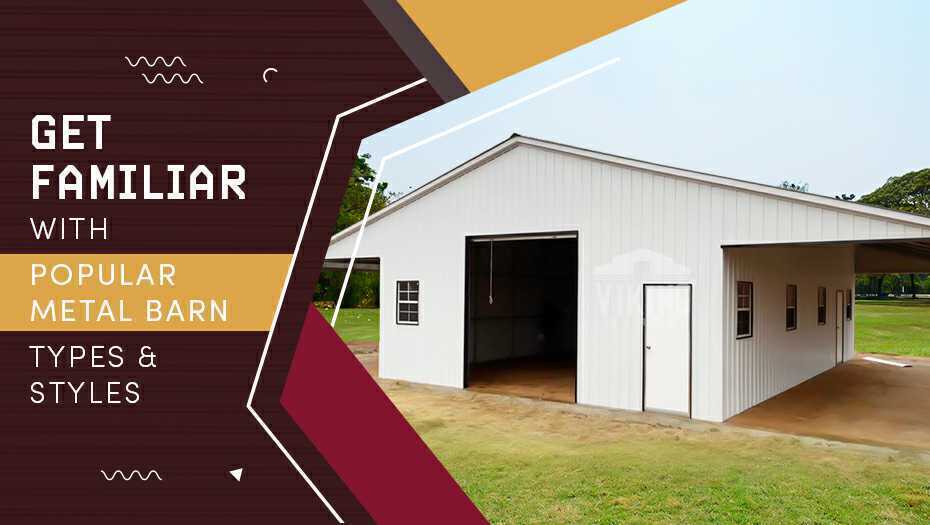
Are you wondering about a new barn installation at your property?
Before making this smart investment, you would be amazed to know that a barn isn’t available in a single design. Instead, multiple designs and styles are available for purchase.
The most general definition of a metal barn is that it is a multi-compartment steel structure that is more often used for agricultural and farming purposes. Metal barns were initially invented to fulfill multiple requirements of farmers, including housing livestock, storing haystacks, and parking farming equipment.
However, demand for barns has increased far more than farming. Instead, you will find numerous other niches where prefab metal barns are being considered.
Still, many of you aren’t familiar with popular metal barn types and styles.
What Makes Barns Different?
As mentioned earlier, not all barns are the same. Mainly they are classified based on their function, location, structure, and other add-on features.
Yet, different types of barn buildings encompass different traits that make it easy for you to distinguish them and find the right buying option.
So, here we are, providing you crisp yet vast knowledge about different barns.
Classification of Barns
Pennsylvania Barn:
They came into existence between the late 16th century and 18th century in the United States of America. More often, these barns were installed on hillsides that provided easy access to its multiple stories.
Among all barns, you will find gable roofs. The name originated after these barns came into use in western Pennsylvania and Canada.
Soon after the requirements of farmers increased and they started looking for an extended area for increased productivity, an extended Pennsylvania barn was invented.
English Barns:
Similar to Pennsylvania barns, English barns were also invented between the 17th century and 18th century. However, they were highly popular across America (most commonly the northeast USA). Colonists from England brought a design for English Barns and started building them across America. However, these barns were mainly built with timber and were easy to open.
Between the 16th and 18th century, farmers didn’t own a large livestock count; hence, they only required minimal space for family cows and workhorses.
New England Barn (Also Known as Yankee Barns):
During the 19th century, New England Barn was very popular in England. Compared to English Barns, they only have one difference, i.e., doors on New England Barns were installed on gable ends.
They were highly used during their era as they provide huge usable space. Further, they also include a basement that enhances its usability.
The prime reason behind huge usable space was that they focused on increasing livestock for farmers. However, the biggest issue that occurred with New England Barns was the lack of ventilation.
Bank Barn:
Similar to English Barns, Bank barns were also installed on hills or banks that provide easy access to multiple stories of the barn structure. Bank barns were highly found in the US, UK, Canada, Norway, and other countries.
Bank barns were originated to overcome extra room for cattle and dairy farmers. For ventilation, these barns were provided with cupolas and clapboard.
Above all, bank barns were in trend till the mid-1900s as more advanced designs came into trend.
Round Barns:
As the name suggests, Round Barns were circular in share. More often, they were given circular, polygonal, or octagonal shapes. Their unique space was the primary reason behind its popularity. However, they don’t survive for long.
During the 19th and 29th century, they were in trend as they required less to build. Its central compartment was majorly used to house grain storage.
Prairie Barn:
These were commonly found all across west America. They were constructed during the 19th century, and soon after their invention, they became an iconic image that can be identified easily.
These barns were made to maximize hay and grain storage. They have a large area with entrances along ends.
Dutch Barn:
Dutch Barn was one of the ongoing barn styles with a long history but still serving your needs to the fullest. During the early days, they were found in New York, New Jersey, and Pennsylvania. They had long, sloping roofs with mortise and tenoned beams.
Among all vintage barns, Dutch barn is still in huge demand.
Pole Barn:
Pole Barn is yet another popular barn structure that is still popular among barn owners. These are single structures that have multiple posts buried in land for structural support. After the 1930s, these barns gained enormous popularity and became one of the widely used barns structures.
Crib Barns:
These barn structures were commonly seen in the southern US area. It is a structure made with cribs that makes it simple and quick to construct. Its unique design further made it famous.
They were more often made with un-chinked logs, whereas they were also covered with vertical wood siding.
Rice Barn:
Rice barns were specially constructed to store harvested rice. They are popular in the USA; instead, people from Asia also use these barns for the safety of harvested rice. However, different countries have their design that makes it tough to identify across the globe.
So, these are different types and styles of barn buildings that were popular in the old centuries. Some of them are still in use and make a perfect shelter for farming necessities.
Today, these structures have remained unchanged, but construction material has migrated from timber to steel. Steel barns have nowadays outranked timber structures that have extended barns’ life and offered 100% usable space.
At Viking Barns, you can order an ideal metal barn structure for your lot and get it installed in the shortest lead time. We provide you a 20-year rust-through warranty with every barn structure, a 10-year panel warranty, and a 1-year craftsmanship warranty.
What are you waiting for? Get your agriculture metal barn today or call us at (704)-579-6966 to discuss your queries.
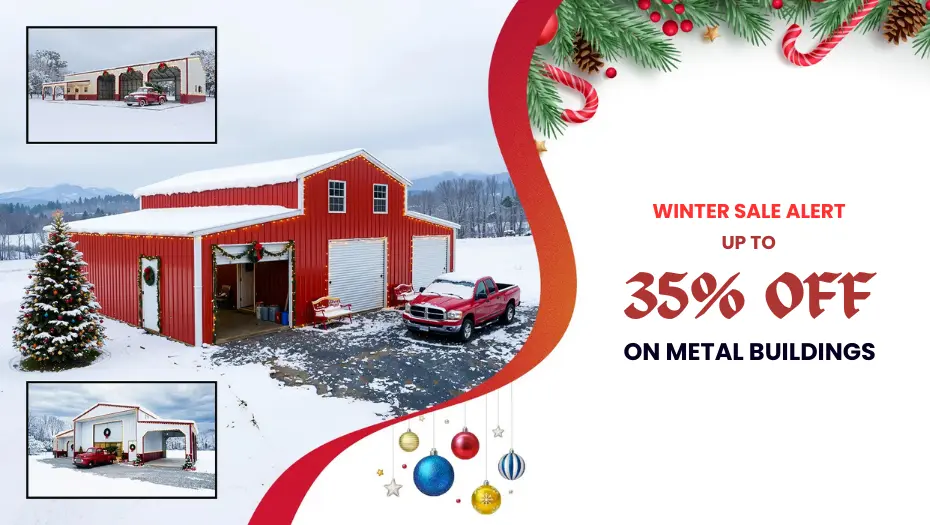

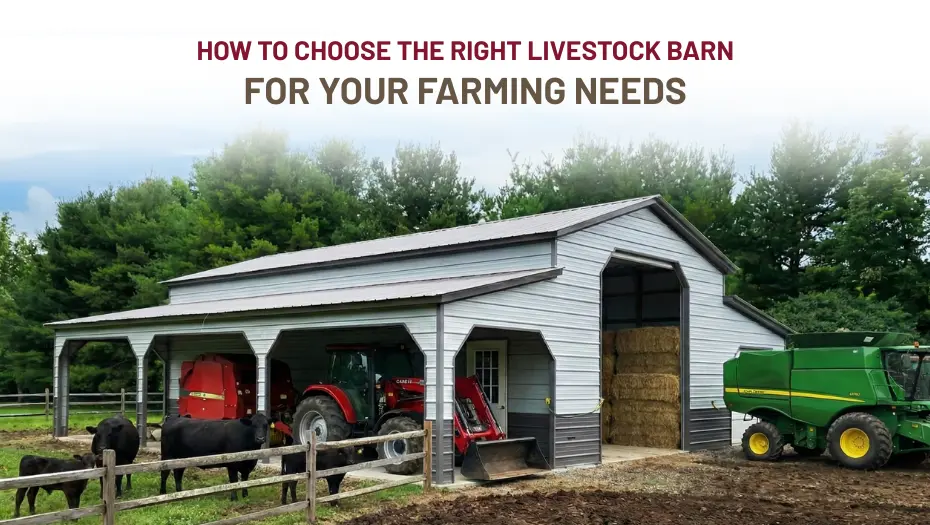
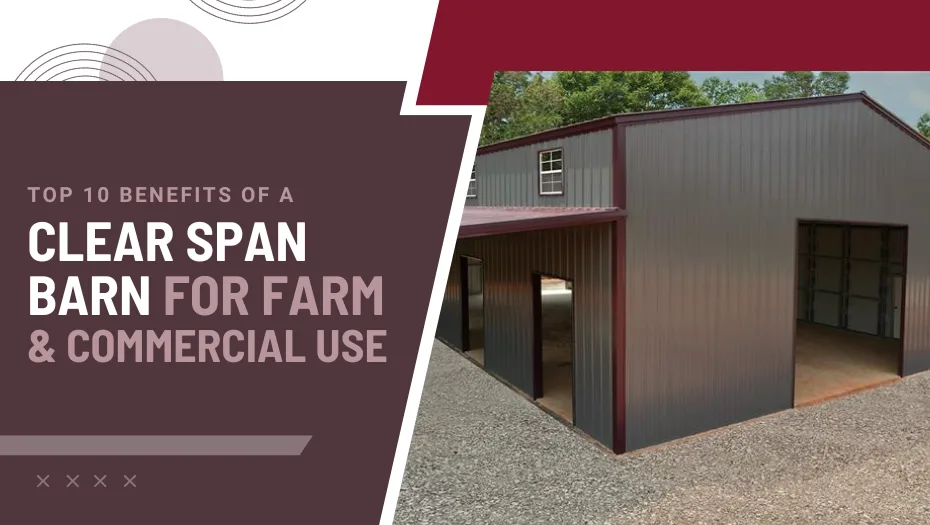
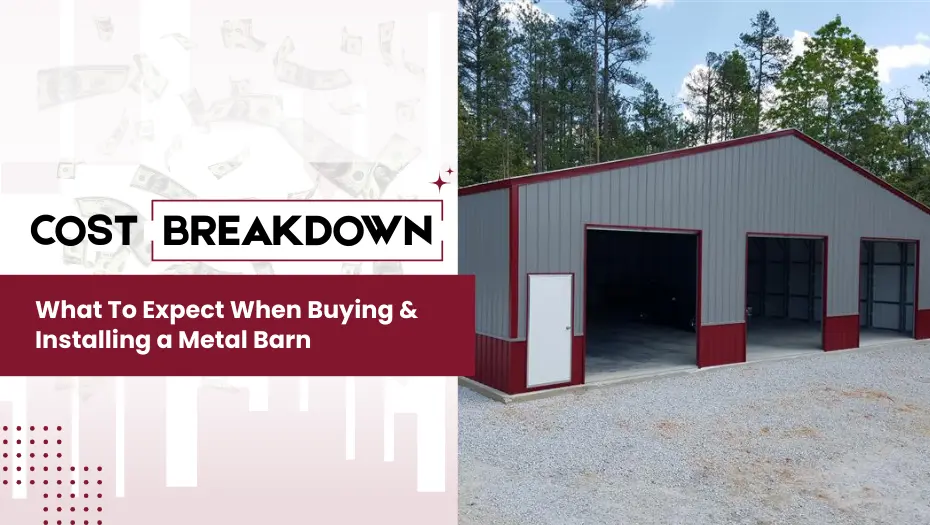
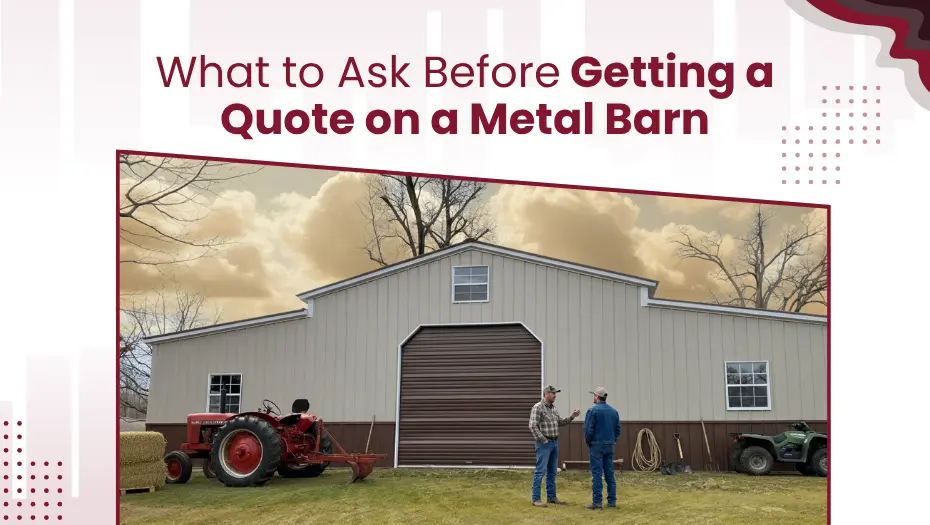
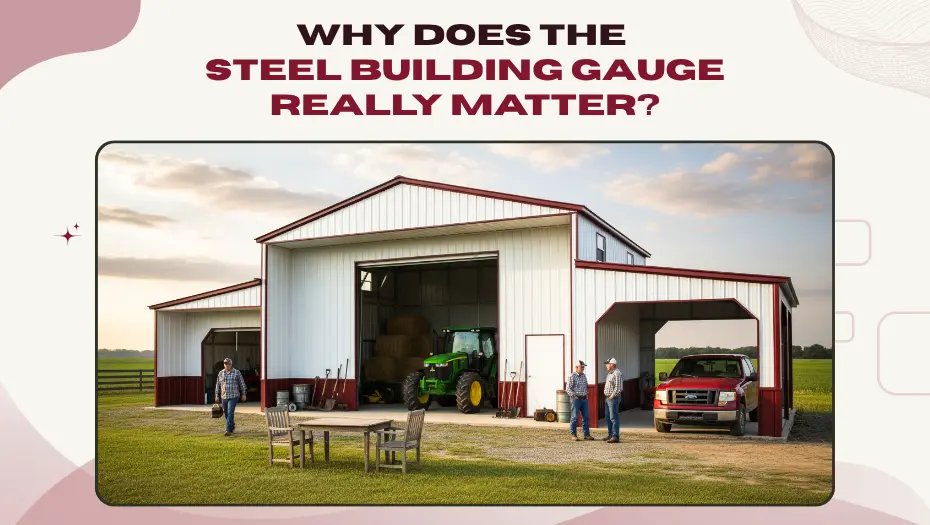






 Alabama AL
Alabama AL

 American Steel Carports Inc.
American Steel Carports Inc.